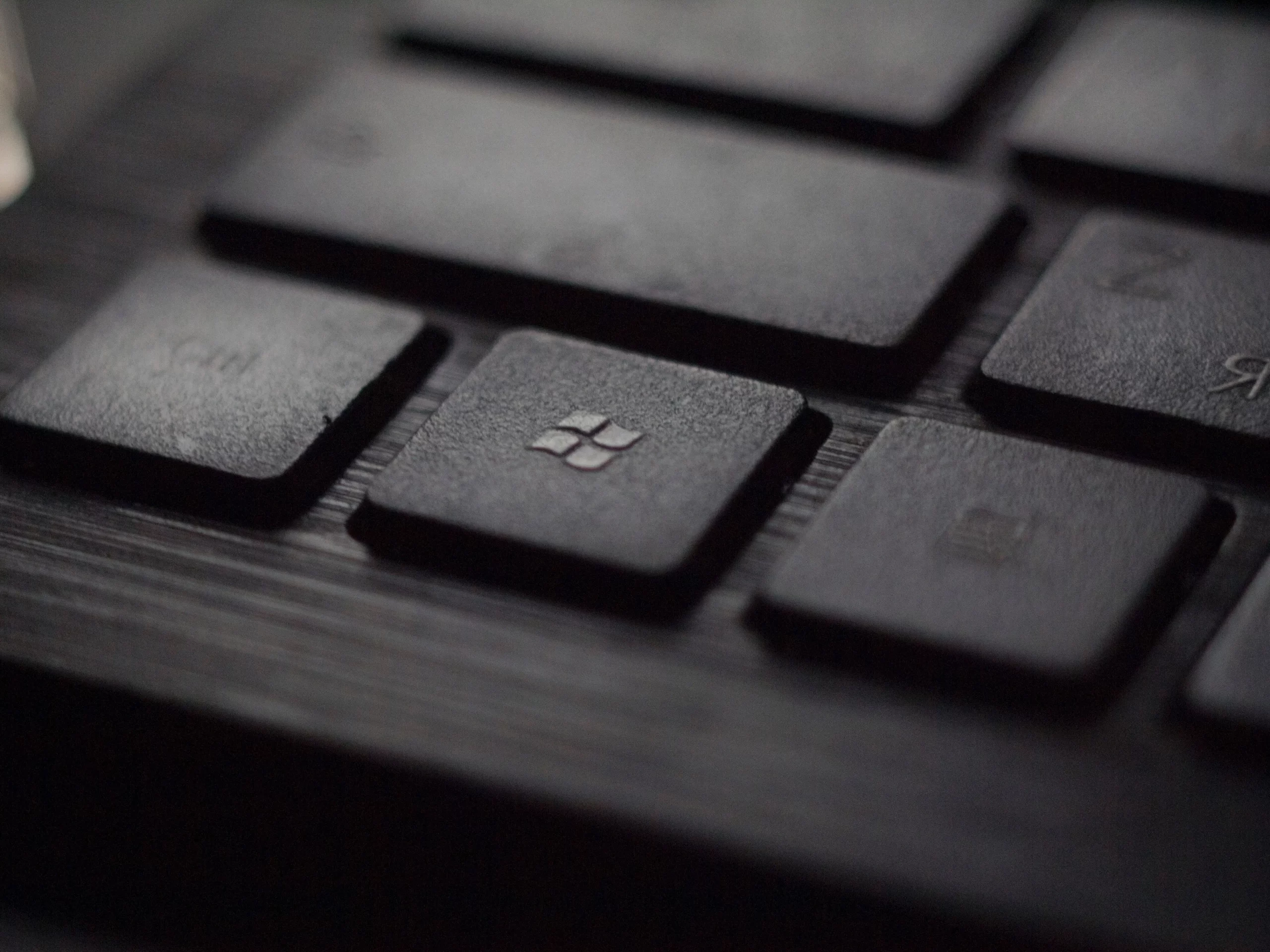Windows 10 is a perfect choice for touch screens. This is because of the special touch-designed apps for the Windows Ink Workspace. Some users face the issue that their touchscreen stopped working. There are some cases that the problem occurs without any reason.
The prevalence of the troubles is provoked by driver incompatibility.
Content
What to do is Windows 10 touchscreen not working
There are several solutions that may help to fix the issue:
Run the hardware and devices troubleshooter
Windows 10 has a variety of troubleshooting instruments that can notice problems and involve automated fixes.
One of these troubleshooters checks your hardware and devices and can be used to correct issues connected with your touchscreen.
You can access this troubleshooter via Settings, but it shouldn’t be opened through Command Prompt. If you want to do that, you should follow the steps which would be mentioned in the section below:
- First of all, you should open the Start menu, then, you should look for Command Prompt, and click on it.
- After that, you should fill in the command: msdt.exe -id DeviceDiagnostic
- Then, you should tap on Enter. After that, the Hardware and Devices troubleshooter will be opened.
- To complete the process, you should tap on Next and run the wizard through. All the problems would be automatically detected and fixed by the tool.
Calibrate the touchscreen
In case your touchscreen is lagging to react or records your touch gestures incorrectly, the issue can be solved with a re-calibration. If you want to start a touchscreen calibration, you should follow the instructions which would be mentioned in the section below.
- First of all, you should open the Start menu, then, you should look for calibrate, and click on Calibrate the screen for pen or touch. Then, the tablet PC settings would be displayed.
- After that, you should head to the Display tab and tap on Setup, then, you should follow the promptd.
- To complete the process, you should tap on Calibrate and follow the instructions.
Switch off and re-enable the touchscreen
If you have tried to restart the device and this didn’t fix the issue, you should try to switch the touchscreen off and on. To do that, you should follow the steps which would be mentioned in the section below:
- First of all, you should tap Windows key + X and press on Device Manager.
- After that, you should do a double click on Human Interface Devices. This will expand the category.
- Then, you should do a right-click on the HID-compliant touch screen and tap on Disable device.
- It would be required to accept it, tap on Yes.
- To complete the process, you should do a right-click the listing again, and then you should click on Enable device.
Change power management settings
In some cases, the settings can be overeager, and switch off your touchscreen after a period of being active. If you want to change those settings, you should follow the instructions which would be mentioned in the section below:
- First of all, you should hold Windows key + X and then, you should tap on Device Manager.
- After that, you should do a double click on Human Interface Devices. This will expand the category.
- Then, you should do a double click on the HID-compliant touch screen.
- Next, you should move to the Power Management tab.
- After that, you should uncheck Allow the computer to turn off this device to save power.
- To complete the process, you should tap on OK, then restart your system.
Update the touchscreen drivers
Some period ago, it was possible to use Device Manager to search online for updated drivers. Currently, there is no opportunity to do the same, as Microsoft drew the automatic driver update from Windows 10.
So, it would be required to go to your system manufacturer’s website (like HP, Dell, or Acer) and install the driver directly from them. You’ll likely find it in their support section.
After the driver has been installed, you should follow the prompts which would be mentioned in the section below:
- First of all, you should hold Windows key + X and tap on Device Manager.
- After that, you should do a double click on Human Interface Devices to expand the category.
- Then, you should do a right-click on the HID-compliant touch screen.
- Next, you should press on Search automatically for drivers. Windows should find the driver that has been downloaded and install it. If it hasn’t been located automatically, you should go back and tap on Browse my computer for drivers to locate it manually.
- To complete the process, you should restart and check if your issue has been solved.
As you can see, the main thing is to find the appropriate way.



